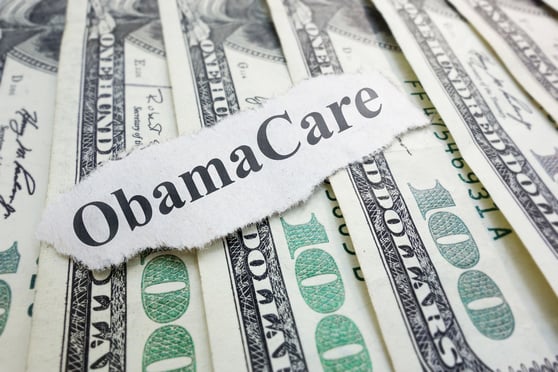Netflix, the fastest-growing entertainment company in America,owns no movies. Uber, the world's largest taxi company, owns nocars. Airbnb, the world's largest accommodations provider, owns nohomes or hotels.
|But each is the most innovative and disruptive company in itsindustry because they own their marketplaces, they own theinterfaces, and they've made payment seamless. It's time forsimilar innovation in the employee benefits industry.
|The state of play today
|The experience of buying benefits is the equivalent inentertainment of paying individual actors, directors, producers andeditors each time we watch a movie. Health insurance might comefrom one carrier, life and dental insurance from another. Healthsavings accounts are a critical component to a high-deductibleplan, yet they're accessed separately. Buying benefits is complex,tedious and confusing, but it's even harder to use the benefitsthroughout the year.
|We should be able to enroll and access all our benefits throughone interface and pay for everything through one monthlysubscription in the same way we outsource our entertainment toNetflix. According to many predictions, this kind of disruptionwill not come from within the industry. Insurance companies todayhave some of the lowest net promoter scores of any industry.Strategic partnerships with trustworthy, consumer-centric brandsmay prove to be not only a powerful distribution channel, but alsoa sticky solution to attract and retain customers for life.
|What the future looks like
|No company in insurance or employee benefits can do what Netflixhas done for entertainment, but modern benefits platforms have hugepotential, and exchanges are a piece of that puzzle. Like Netflix,exchanges are essentially online marketplaces within benefitsplatforms for human resource teams and their employees, providingtools to empower individuals and families to make the rightdecisions and to actively engage in their health, wealth andwellness. But so far, exchange adoption rates haven't lived up toindustry expectations.
|Here's how benefits technology solutions should take cues fromdisruptors in other industries to bridge that gap:
Drive relevance: Most people spend more time shopping for a TVthan for benefits, so our biggest hurdle is to make complicatedproducts relevant. People don't want to engage with this industry,so they won't watch an educational video. We need to focus onchanging the language we use and providing context to make benefitsrelevant and engaging.
Package for impact: Netflix offers more choices withoutoverwhelming users because of how it curates content, recommendingshows and movies on the basis of individual preferences. Peoplewant to make their own benefits decisions, but the process iscomplicated and confusing. As an industry, we need to streamlineand simplify the user experiences we create. Leveraging intuitivetechnology to curate holistic benefits packages is a critical firststep.
Create intuitive interfaces: Apple sets the standard in designand user experiences today. We expect real-time feedback, iterativeupdates and responsive mobile experiences so that we can accesswhat we need wherever and whenever. Paper-based, faxmachine-powered transactions are still the status quo in insurance,and that's unacceptable.
Implement seamless payments: Part of the appeal of Uber andNetflix is not having to use a credit card at every interaction. Itsimplifies using their services. Paying for benefits is anotherstory. Payroll deductions, copays, deductibles and co-insurance allmake payment complicated. We need simple products within oneinterface, handled in one payment.
Leverage data to drive behavior change: To “move the needle” inhealth care spending, the end users we serve—actual Americanfamilies—need to change their behaviors to not only become moreeducated health care consumers, but also to live healthier lives.The data exist today to make that happen, but the information issiloed. Exchanges can incorporate products that address themultiple facets of health and wellness; therefore, they have animmense opportunity to streamline that data and use the informationto create not only savvier health care consumers, but alsohealthier American families.
It's time to use technology to simplify the purchase of employeebenefits and help consumers subscribe to their own health.
Complete your profile to continue reading and get FREE access to BenefitsPRO, part of your ALM digital membership.
Your access to unlimited BenefitsPRO content isn’t changing.
Once you are an ALM digital member, you’ll receive:
- Critical BenefitsPRO information including cutting edge post-reform success strategies, access to educational webcasts and videos, resources from industry leaders, and informative Newsletters.
- Exclusive discounts on ALM, BenefitsPRO magazine and BenefitsPRO.com events
- Access to other award-winning ALM websites including ThinkAdvisor.com and Law.com
Already have an account? Sign In
© 2024 ALM Global, LLC, All Rights Reserved. Request academic re-use from www.copyright.com. All other uses, submit a request to [email protected]. For more information visit Asset & Logo Licensing.








